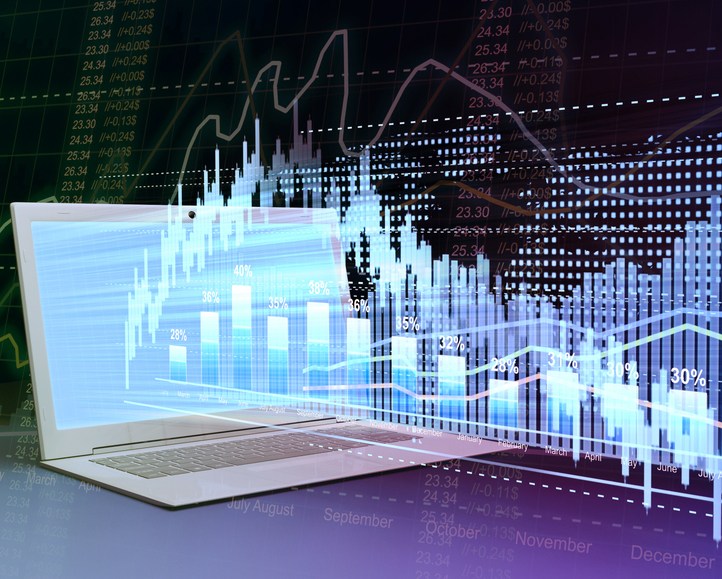
Eric Kneler is director of strategy at MXM, Meredith’s in-house agency. Follow him on Twitter @erickneler.
The most effective time for marketers to get their product in front of a consumer is during the research process. You get a hole in your running shoes, you start looking for new ones online, and that signals shoe ads to compete for your consideration. While the context for marketers to push out a message was that you searched for new shoes, the more valuable context was the hole that was developing in your existing pair.
Putting a product in front of a consumer before she even knows she needs it is the future of marketing. This shift, to collect the physical data all around us and use it as context, will start with the Internet of things.
We are surrounded by things that can be improved by giving consumers more control and providing data in real time. For marketers, this will be rich territory for understanding how people are using the products they buy. It will add another layer of information to the marketing ecosystem and serve as the doorway for a new graph.
Graphs have evolved the way marketers look at the consumer ecosystem. They have
shifted what used to be a linear concept of moving from awareness through purchase to a less-structured path that includes a spider web of influences. The social graph helped us understand the connections people have with one another, while the interest graph showed the connection that people have with their interests. Both have given us new insights into consumer decision-making and have laid the groundwork for the physical graph.
The physical graph will depict the relationship between users and products. Many
marketers are intercepting people when they are looking for information, instead of
informing them that they need the information. It’s great to post an ad for coffee when
people search for it, but what about posting it when they are actually running out
of coffee? The physical graph will empower marketers to release extremely relevant
messages at the right time and in the right place.
With the physical space around us connected to an information hub, marketers will get an unprecedented look into people’s preferences and how they manage their resources. Imagine if you are running low on juice and a Nestle brand manager targeted that person with a coupon for Juicy Juice, a brand that four of your friends love. Marketers will move consumers from awareness to trail and influence them before, rather than at, the point of purchase.
This would also allow brands themselves to add value. Imagine pulling a yogurt from
the fridge and having those calories automatically reflected in your Weight Watchers
profile. Tracking this content enhances the user experience with the brand’s product.
In the kitchen, consumers are constantly looking for inspiration. By keeping track of
the content in a fridge and a cabinet, recipe recommendations can be made based on what is available. Imagine a mother looking for a great recipe based on ingredients that are on hand. When brands are aware that their product is available, it soon becomes a relevant place to enter into the conversation. Maxwell House can remind her that coffee adds a great flavor to meat, or Kraft can provide a recommendation based on what cheese is already in the fridge.
In both scenarios, brands would add value by providing actionable and inspirational
information. But just as important are the insights that come from the interaction.
Since the data will be there to let brands know if their product message resulted in
usage, these marketing tactics will become one of the strongest indicators of ROI. In
the kitchen, digital marketing metrics like click-through rates or video views will be
strengthened with product usage rates.
For marketers, the Internet of Things will expand the digital ecosystem. For creative
teams, it will pave the way for more relevant messaging. And for analytic groups, it will
lead to new predictive models.
Image via Shutterstock
More in Marketing

Agencies create specialist units to help marketers’ solve for AI search gatekeepers
Wpromote, Kepler and Jellyfish practices aim to illuminate impact of black box LLMs’ understanding of brands search and social efforts.

What AI startup Cluely gets — and ad tech forgets — about attention
Cluely launched a narrative before it launched a tool. And somehow, it’s working.

Ad Tech Briefing: Start-ups are now table stakes for the future of ad tech
Scaled ad tech companies need to maintain relationships with startups, when the sector is experiencing ongoing disruption due to AI.





